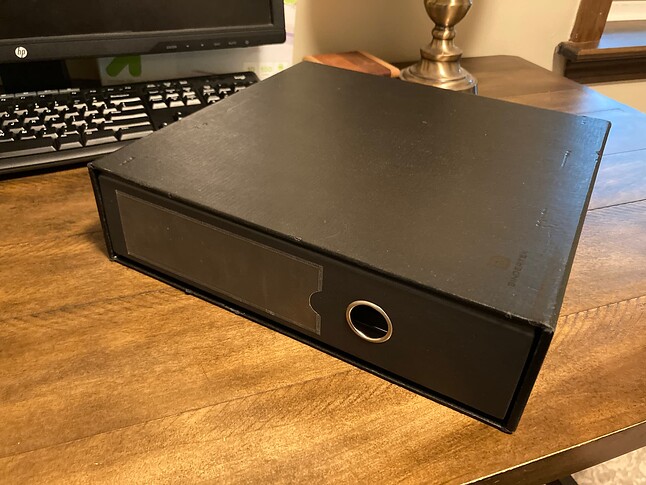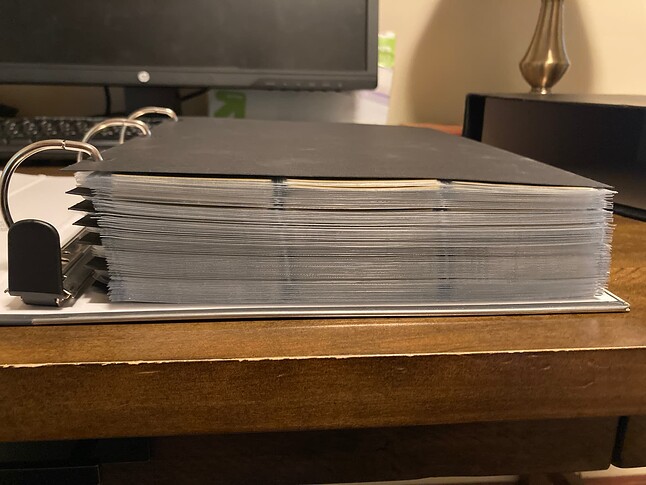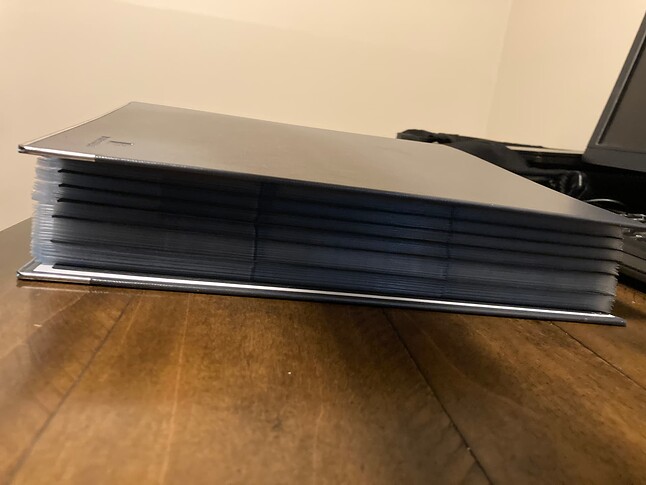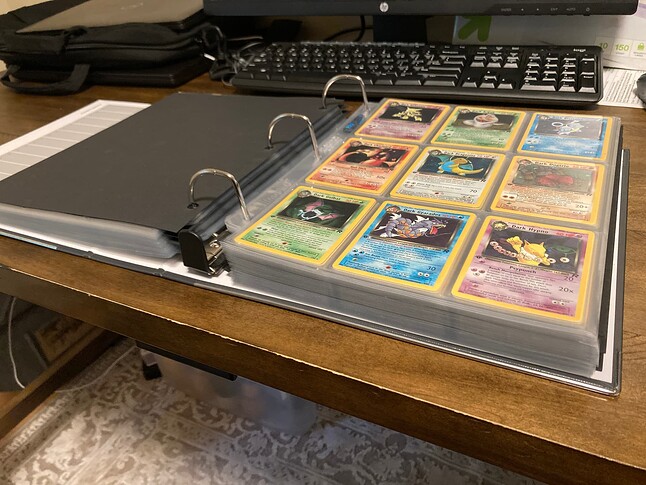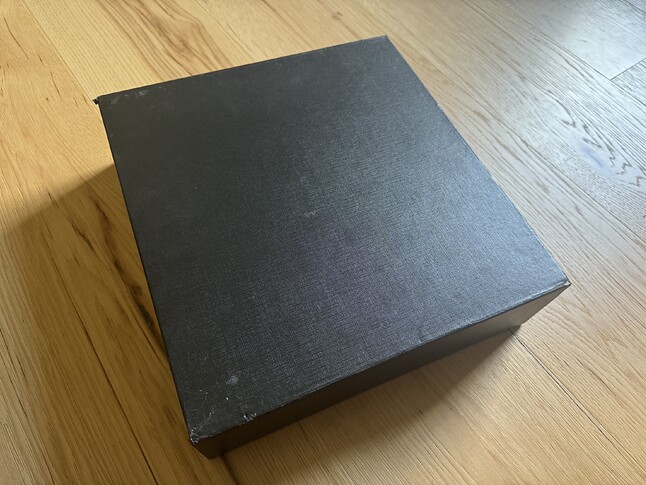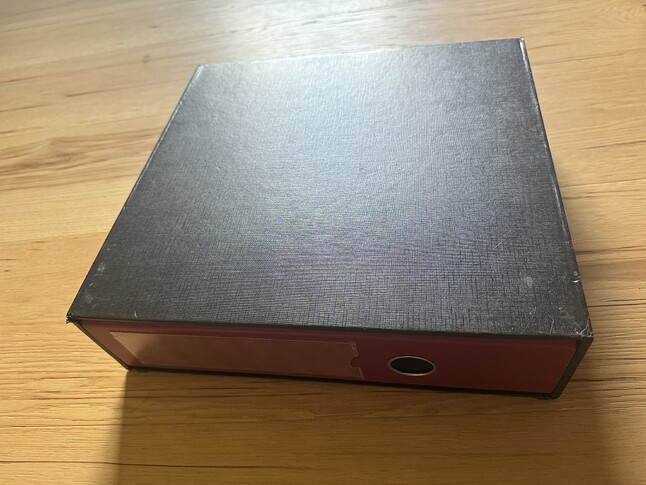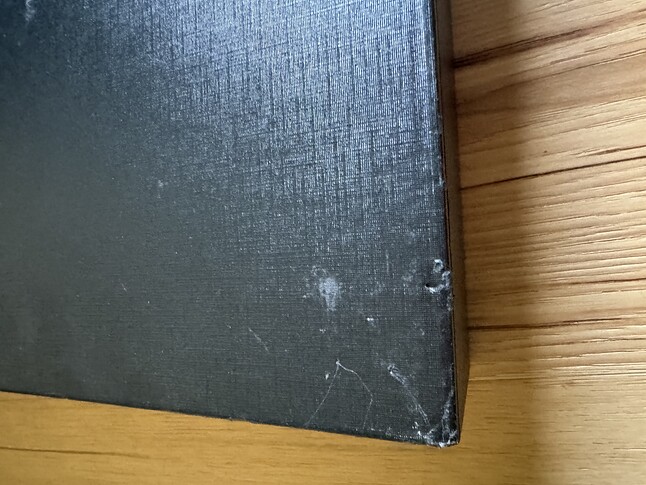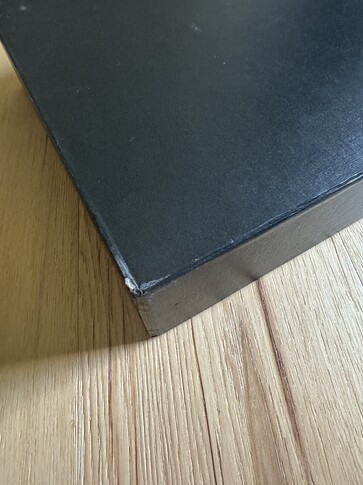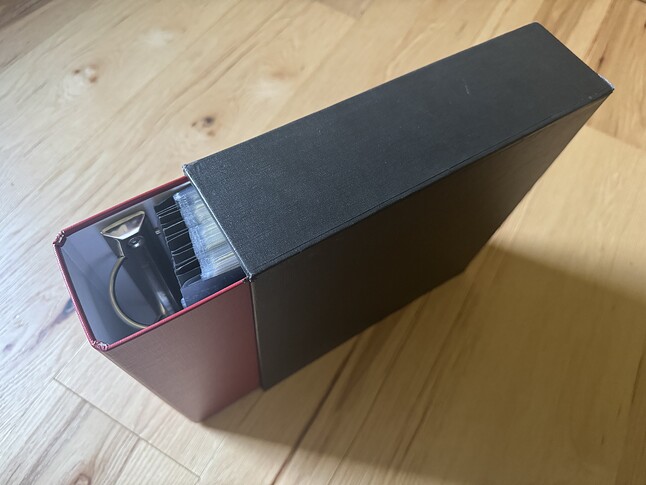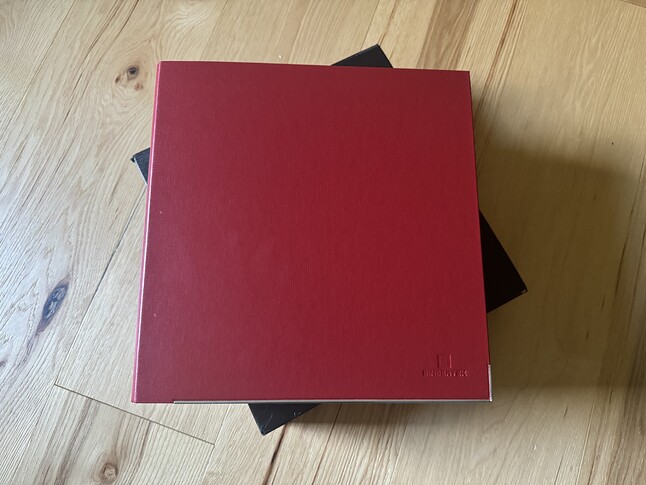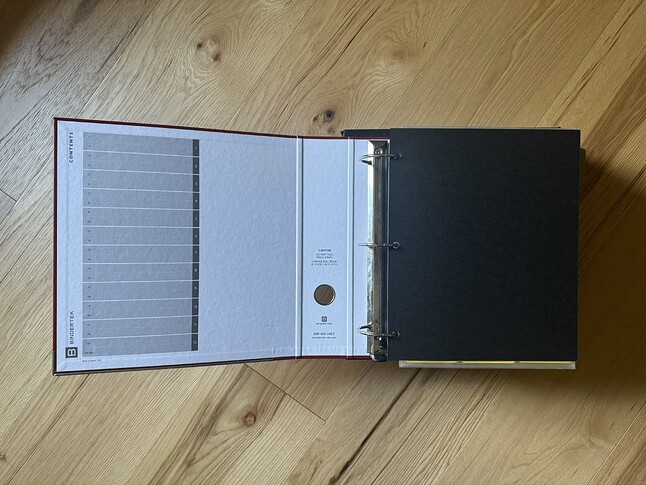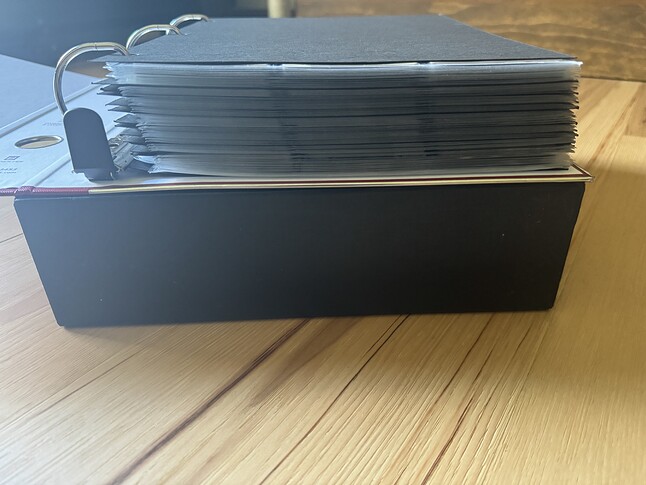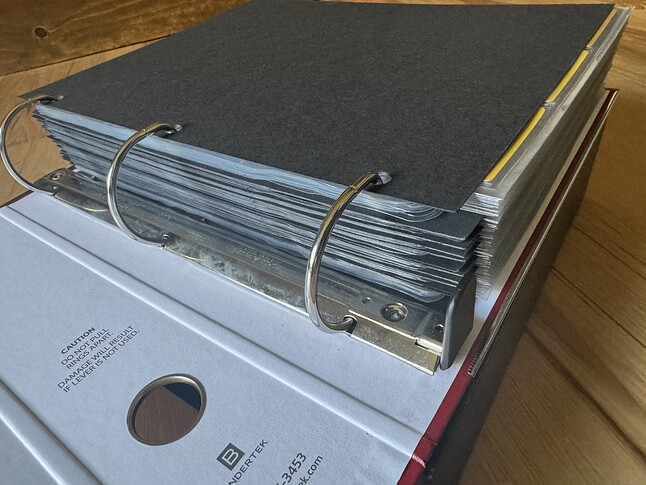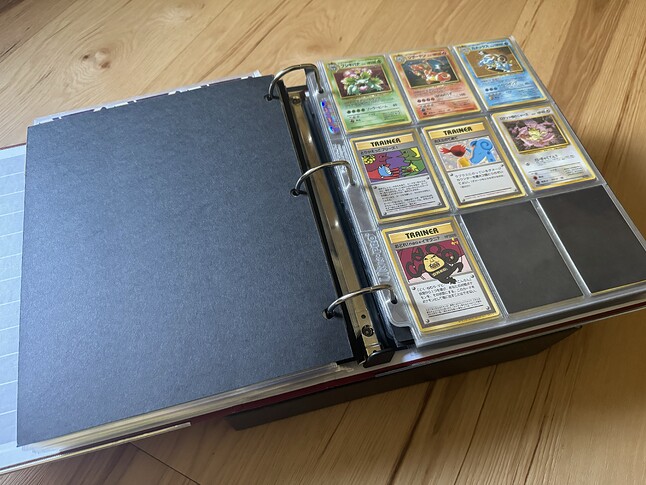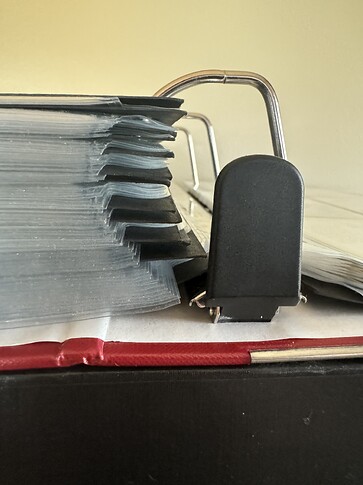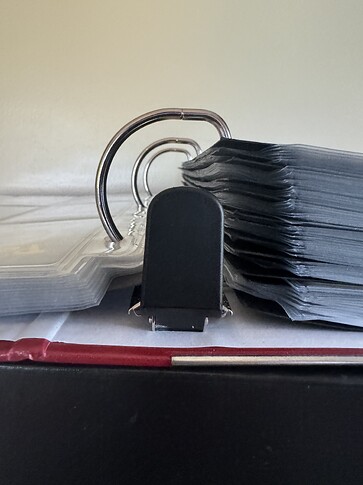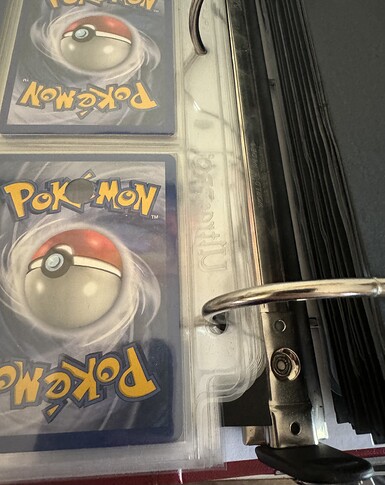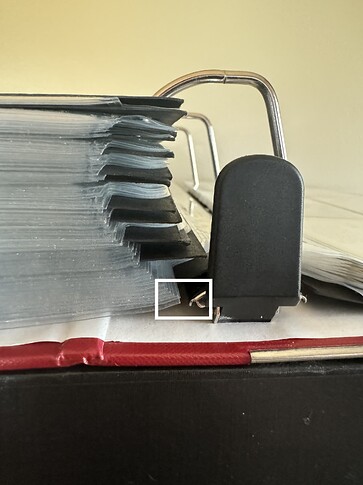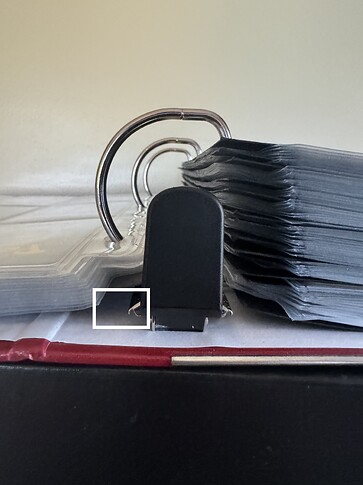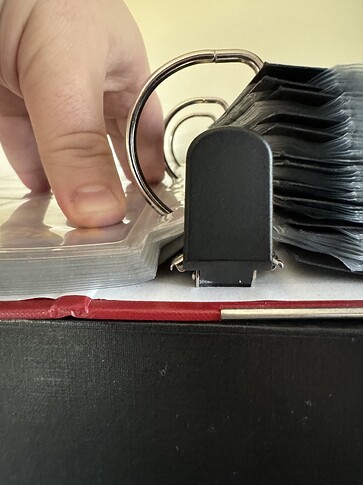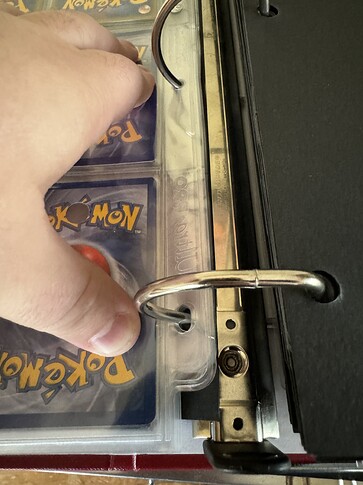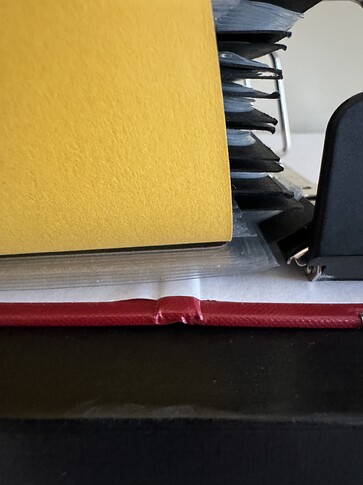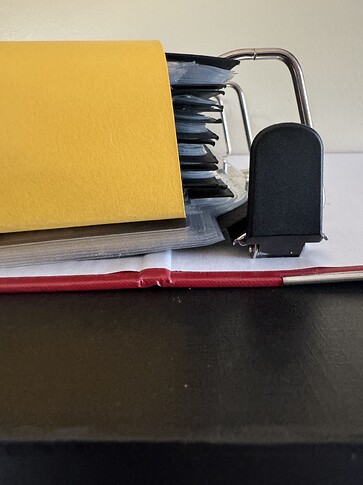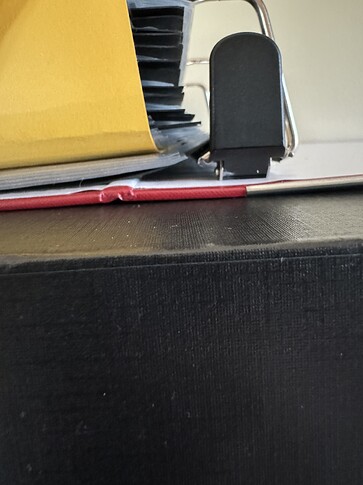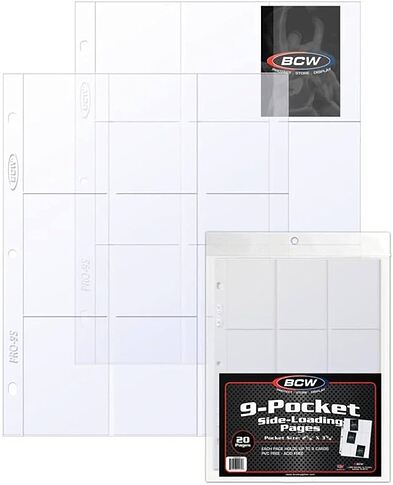(Special thanks as always to @Llyrwenne for this graphic, which was produced two years ago and finally seeing use!)
I have a couple of posts about the binders I like that I receive messages about periodically. (1, 2) I am pleased these posts inspired people and I thought I’d break out the recommendation to its own topic. I’m happy to answer questions about my experience with these binders both here and via DM as usual.
Original Post
I use different binders than most collectors but I am very fond of them.
These binders have 3” and 2” versions (update: and now a 4" version!) with a sturdy slipcover to keep the contents protected. The slipcovers are always black, but the binders themselves come in a variety of colors and I think sometimes they do limited editions. They are seriously heavy duty binders that can handle the weight of trading cards easily.
Binder Features:
- Elegant European design that combines clean, professional style with peak efficiency
- Hardbound, linen-textured cover featuring an embossed Bindertek logo and thick boards for added durability
- Effort-free, one-touch ring mechanism for smooth opening and closing
- Dependable slanted D-ring ensures pages lie flat
- Ball-and-socket ring closure for snag-free page turning
- Customizable spine label and table of contents
- Steel-reinforced bottom edges for added longevity
- Steel-rimmed finger hole for easy shelf access
- Acid-free binder covers protect documents long term
Slipcase Features:
- Crafted from quality 100pt. hardbound chipboard
- Acid-free slipcase cover protects contents long term
- Designed with a unique linen-textured cover and subtle silkscreened Bindertek logo
Specifications:
- Spine Width: 3"
- 2" Rings
- Binder Dimensions: 11.375"W x 11.625"H x 3″D
- Fits U.S. Letter-Size: 8.5" x 11" Paper
- Sheet capacity: Approximately 525 sheets
- U.S. ring spacing
- Slipcase Dimensions: 11.5"W x 12"H x 3.25"D
- 1 Slipcase per pack
I picked these because they feel so classy and professional and that’s how I wanted my collection to feel as an adult. I really like how they make my cards feel and obviously you have the benefit of using your own preferred sleeve counts.
The strength of the binder has no problem handling the weight of cards and card pages. My cards aren’t even back to back in their pockets and the binder doesn’t limp at all.
Old Collection Photos
All my cards are in these. I love them. My main collection is a 3” first generation binder and a 2” neo generation binder. There are definitely other binders that are more convenient but I’m fond of these because you can’t beat the class.
New FAQ
I noticed Bindertek also sells these sick-looking metal binders. Do you recommend these for trading cards?
I do not. They are not compatible with the slipcases sold with other binders, so you lose that protection and storage option that makes these binders unique in the first place. They’re heavy, hard, sharp, and noisy to use. They also are going to carve lines into all your wooden furniture if you ever catch the edge. The metal binders are a really cool novelty, but they’re also a liability that I do not recommend for card collectors. They just aren’t practical.
These are expensive and the only way to really get them is right from their website. Why would I spend so much money on a binder?
Because you are a nerd. You are exactly the kind of person who would spend $40 on a binder. Embrace your destiny.
Are these binders really long-lasting? How do they hold up?
I have been using these binders for more than a decade and have never need to replace a binder due to wear. The hinges hold up, the rings don’t gap, the linen texture lasts way longer than vinyl, the edges don’t fray, these will hold up. They are “forever binders” that you will never need to replace.
What will not last forever is the slip case. The slip case, which is meant to absorb a lot of the beating meant for the binder itself, will suffer over time. I have never had a slipcase fail from too much abuse, but expect to see scuffs, indents, and crushed corners over time as it does its job and protects your binder. But this is what it’s designed to do and it does its job well.
That said, I am still using the original slipcovers for my binders and have not needed to replace them either, despite the wear.
Do you work for this company? Are you astroturfing? Why are you promoting this brand?
I’m just making a recommendation for binders I really like. I am not affiliated with Bindertek or anything like that. I’m just a binder snob and there are dozens of us out there. Dozens!!
Are there any sleeves that don’t fit in these binders?
I have used Ultra Pro Platinum, Ultra Pro Sideloaders, and BCW Sideloaders without problem. I did learn from another user (thanks @tsuwabuki) that Vault-X sideloaders are too tall for these binders, which is unfortunate. They stick out just a tiny bit which prevents the binder from nesting into the slipcase.
I recommend having your binder in-hand before you go all-in on sleeves, especially if you’re using something less standard.
How many card pages does each binder store?
My personal conversion rate for pocket pages is 8:1 to normal paper, rounded down. The 2" binder has a capacity of 325 normal sheets, it should comfortably fit 40 nine-pocket pages with cards in them (360 cards). The 3" binder has a capacity of 525 normal sheets of paper, so that’s 65 nine-pocket pages (585 cards).
In practice, you might be able to fit more than that and adjust accordingly. But not over-stuffing binders is an important part of collecting cards in binders to begin with, so I recommend finding a natural stopping point around these projected card counts and then see how neatly everything fits. Adjusting your binder composition should be an organic process. Let the cards fill out the books naturally.
People have warned not to keep my cards in binders because of “binder dents” ruining my cards. How do you sleep at night?
This is something you only see from overloaded circular rings mounted on the spine. It’s pretty much not a physical possibility with back-mounted D-Rings like these. I struggle to really think of how they could even occur in a configuration like this, so I don’t think it’s a risk at all in this case.
I have never had any of my cards damaged by my binders. Binder dents come from overstuffed O-Rings, not properly loaded D-Rings. There is never going to be a time where your cards are touching your rings or at risk of doing so.
I will post some new pics of my own cards later this week since the original photos are from my old collection. If you’re someone who uses these binders, especially if I converted you in the past, I’d love to see your binders in all their splendor!
Feel free to ask me questions about these binders if you find this thread via search or referral. I’m happy to help you if you have questions about them, especially because they’re expensive. If you have any concerns, ask me first!

